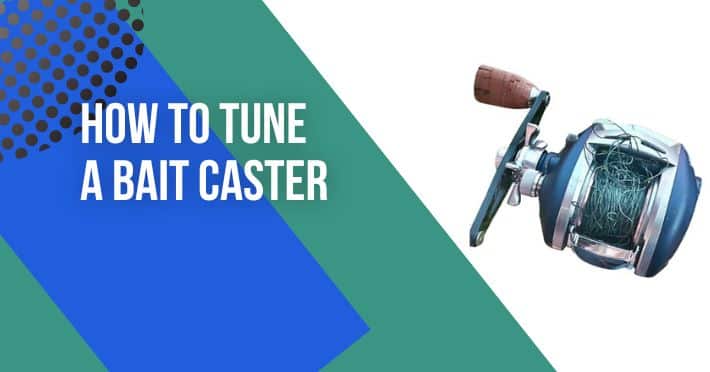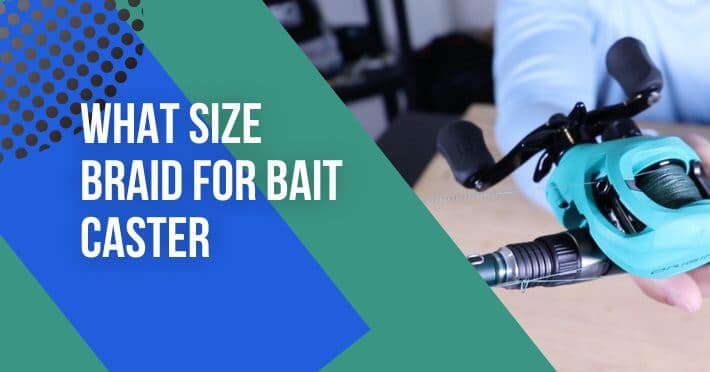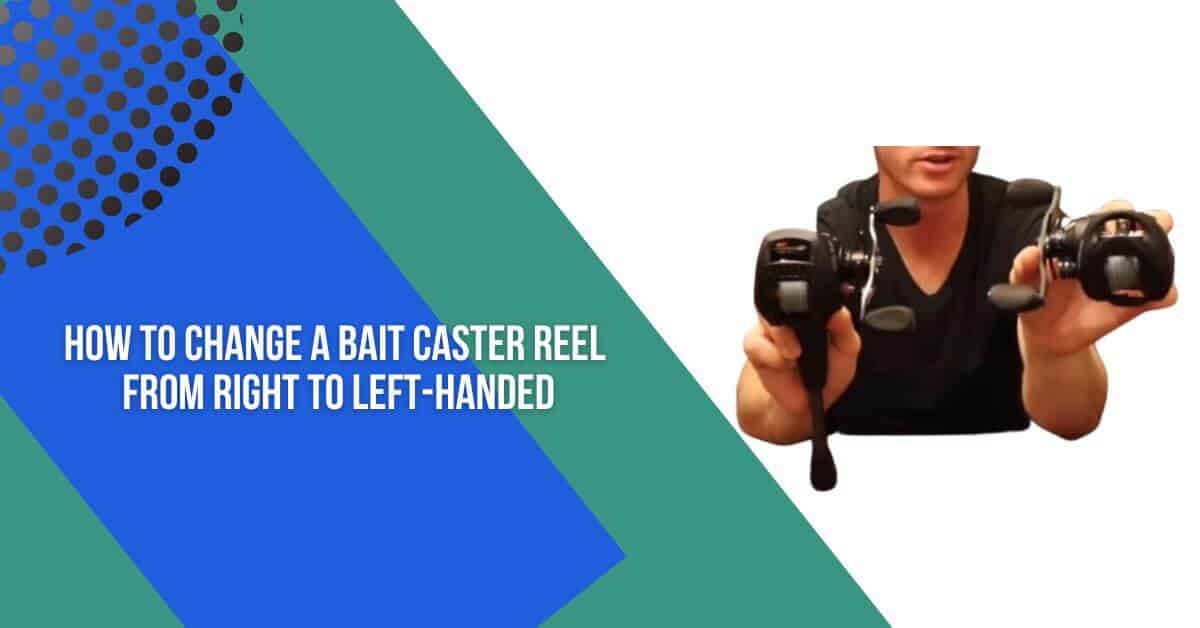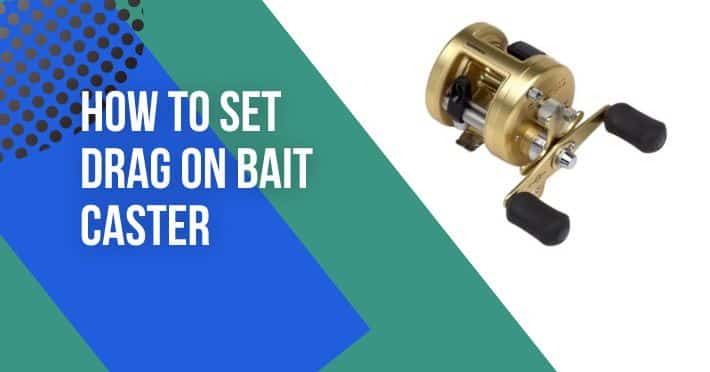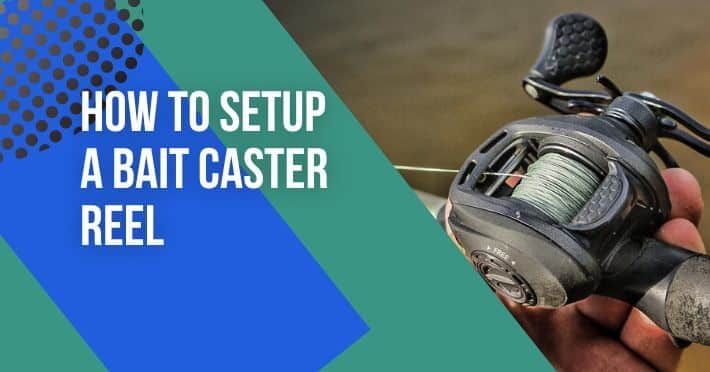Contents
- 1 The importance of a baitcasting reel for bass fishing
- 2 How choosing the right reel can enhance your fishing experience
- 3 Unlocking Bass Fishing Success: Choosing the Perfect Baitcasting Reel
- 4 Tips for Using a Baitcasting Reel for Bass Fishing
- 5 Factors to Consider When Selecting a Baitcasting Reel for Bass Fishing
- 6 Target bass species and fishing technique:
- 7 Gear ratio and retrieve speed:
- 8 Line capacity and strength:
- 9 Brake system and casting control:
- 10 Ergonomics and comfort:
- 11 Durability and build quality:
- 12 Budget considerations:
- 13 Baitcasting Reels For Bass In 2023
- 14 Conclusion:
- 15 FAQs!!!
- 16 What gear ratio is best for bass fishing?
- 17 How do I prevent backlash when using a baitcasting reel?
- 18 Can I use a baitcasting reel for other types of fishing?
In this article we are going to discuss the importance of baitcasting reel for bass fishing, so when it comes to bass fishing, having the right equipment is essential, and one of the most critical tools in an angler’s arsenal is a baitcasting reel. Designed specifically for casting accuracy and control, baitcasting reels offer numerous advantages that make them a popular choice among bass fishermen.
With their ability to handle heavier lines and lures, as well as their exceptional casting distance and precision, baitcasting reels provide the power and finesse needed to target bass in various fishing environments.
What sets baitcasting reels apart is their unique design and functionality. Unlike spinning reels, which feature a fixed spool and a bail to release the line, baitcasting reels employ a revolving spool controlled by the angler’s thumb pressure. This design allows for precise casting, as anglers can control the line’s release and accurately place their bait in the desired location.
The ability to cast heavier lures with ease is especially advantageous in bass fishing, where a well-placed and enticing presentation can often be the difference between a successful catch and a missed opportunity. Whether you’re a seasoned angler or just starting to explore the world of bass fishing, a baitcasting reel is an indispensable tool that can greatly enhance your overall fishing experience.
The importance of a baitcasting reel for bass fishing
A baitcasting reel plays a crucial role in bass fishing, offering numerous advantages that make it an essential tool for anglers. Its significance lies in its ability to provide precise casting accuracy and control, allowing fishermen to target specific spots with accuracy and efficiency. The design of a baitcasting reel enables anglers to handle heavier line and lures, which is particularly beneficial when pursuing larger bass species.
Additionally, baitcasting reels offer excellent drag systems, enhancing the angler’s ability to battle powerful bass and prevent line breaks. With their superior control, strength, and versatility, baitcasting reels have become indispensable in the pursuit of bass, providing anglers with the necessary equipment to maximize their fishing success.
How choosing the right reel can enhance your fishing experience
Choosing the right reel for your fishing experience can significantly enhance your overall enjoyment and success on the water. Here are five tips to consider when choosing the right reel:
- Determine your fishing style and target species to select the appropriate reel type, such as spinning, baitcasting, or spin casting.
- Consider the reel’s construction materials and quality to ensure long-lasting performance.
- Match the reel’s gear ratio to your preferred fishing techniques, with higher ratios for fast retrieves and lower ratios for slow presentations.
- Evaluate the reel’s drag system to handle the anticipated weight and strength of the fish you’ll be targeting.
- Test the reel’s ergonomics, such as its weight, handle design, and comfort, to ensure a comfortable and enjoyable fishing experience.
Unlocking Bass Fishing Success: Choosing the Perfect Baitcasting Reel
Best Baitcasting Reels for Bass Fishing
Best Baitcasting Reel for Frog Fishing
Best Saltwater Baitcasting Reels
Tips for Using a Baitcasting Reel for Bass Fishing
Remember, practice makes perfect when it comes to using a baitcasting reel. Embrace the learning process, stay focused, and soon you’ll become proficient in handling this versatile reel for bass fishing. Here are some valuable tips for using a baitcasting reel effectively in bass fishing:
- Practice your casting technique: Baitcasting reels require a bit of skill to cast smoothly. Spend time practicing your casting technique in an open area to minimize backlash and improve accuracy. Gradually increase your casting distance as you become more proficient.
- Adjust the braking system: Most baitcasting reels come with adjustable brake systems to control the spool’s speed during casts. Experiment with different brake settings based on your lure weight and casting distance. Increase the brakes for heavier lures and decrease them for lighter ones.
- Thumb control is key: Use your thumb to control the spool’s speed during the cast. Apply gentle pressure to the spool with your thumb as the lure reaches the target area to prevent overruns or backlash. Develop a feel for the spool and adjust thumb pressure accordingly.
- Start with heavier lures: When starting with a baitcasting reel, begin with heavier lures as they are easier to cast. Heavier lures provide more momentum and are less prone to backlash. As you gain proficiency, gradually transition to lighter lures.
- Master the art of backlash prevention: Backlash can be frustrating, but with practice, you can minimize it. Pay attention to your casting technique, thumb control, and brake settings. Start with slower, controlled casts, and gradually increase your speed as you gain confidence.
- Use the right line: Choose the appropriate line for bass fishing with a baitcasting reel. Braided or fluorocarbon lines are popular choices, offering strength, sensitivity, and minimal stretch. Make sure the line weight matches the reel’s specifications to prevent line tangles and breakage.
- Fine-tune your drag settings: Adjust the drag system on your reel according to the bass species you’re targeting. A properly set drag prevents line breakage during intense fights, ensuring you have the control to land your catch successfully.
- Regularly maintain your reel: Keep your baitcasting reel in good condition by cleaning and lubricating it regularly. Remove any debris, apply reel oil to crucial parts, and inspect for wear or damage. Proper maintenance ensures smooth operation and extends the reel’s lifespan.
- Stay patient and persistent: Using a baitcasting reel may require a learning curve, so don’t get discouraged. Keep practicing, remain patient, and be persistent. With time and experience, you’ll develop the skills necessary to handle the reel with ease and enjoy successful bass fishing.
Factors to Consider When Selecting a Baitcasting Reel for Bass Fishing
When selecting a baitcasting reel for bass fishing, there are several crucial factors to consider. First, it’s important to choose a reel that matches your skill level and experience, as some reels may be more suitable for beginners or advanced anglers. Additionally, consider the reel’s gear ratio, which determines the speed of your retrieve and should align with your preferred fishing techniques.
The reel’s drag system is another vital aspect, as it needs to provide sufficient power to handle the aggressive strikes and strong runs of bass. Furthermore, consider the reel’s line capacity, ensuring it can hold an adequate amount of line for your fishing needs. Lastly, evaluate the build quality, materials, and ergonomics of the reel to ensure durability, comfort, and a smooth fishing experience.
Target bass species and fishing technique:
Understanding the specific bass species you’ll be targeting and your preferred fishing technique is crucial. Different reels are designed to handle varying sizes of bass and are optimized for specific techniques such as flipping, pitching, or finesse fishing.
Gear ratio and retrieve speed:
The gear ratio determines how quickly the spool rotates during a single turn of the handle. A higher gear ratio, such as 7:1 or 8:1, offers faster retrieves, ideal for techniques that require quick bait presentations, while lower gear ratios like 5:1 or 6:1 provide more torque for techniques that require slower presentations or deep diving lures.
Line capacity and strength:
Consider the reel’s line capacity, ensuring it can hold enough line for your fishing needs. Additionally, match the reel’s strength to the bass species you’ll be targeting. Thicker lines with higher pound test ratings are suitable for larger, more aggressive bass, while lighter lines are ideal for finesse techniques or smaller bass.
Brake system and casting control:
Baitcasting reels feature various brake systems, such as magnetic or centrifugal brakes, that help control the speed of the spool during casting. Look for a reel with adjustable brakes to fine-tune your casting control, preventing backlash and ensuring accurate and smooth casts.
Ergonomics and comfort:
A comfortable reel is essential for long hours on the water. Consider the ergonomics of the reel, including the handle design, grip, and overall weight. A well-designed reel will feel balanced in your hand and allow for extended fishing sessions without fatigue.
Durability and build quality:
Invest in a baitcasting reel with solid build quality and durable materials. Look for features like corrosion-resistant components, sturdy construction, and smooth operation. A reliable and robust reel will withstand the demands of bass fishing and provide years of reliable performance.
Budget considerations:
While it’s important to consider your budget, aim to strike a balance between affordability and quality. Opting for a reputable brand and investing in a mid-range or higher-end reel will generally provide better durability, smoother operation, and more advanced features, enhancing your overall fishing experience.
Baitcasting Reels For Bass In 2023
Conclusion:
In conclusion, the importance of a baitcasting reel in bass fishing cannot be overstated. Its unique design and functionality offer precise casting accuracy and control, allowing anglers to target specific spots and present their baits with finesse. The ability to handle heavier lines and lures gives anglers an advantage when pursuing larger bass species, while the exceptional casting distance ensures the ability to reach distant targets effectively.
Additionally, the drag system and overall durability of a baitcasting reel provide the strength and reliability needed to battle powerful bass and withstand the demands of frequent fishing outings. Choosing the right reel that aligns with your fishing style, considering factors such as gear ratio, line capacity, braking system, ergonomics, and build quality, will enhance your overall fishing experience and increase your chances of success on the water.
FAQs!!!
What gear ratio is best for bass fishing?
When it comes to bass fishing, the gear ratio that is commonly recommended is between 6:1 and 8:1. This range provides a good balance between speed and power. A higher gear ratio, such as 7:1 or 8:1, offers faster retrieves, ideal for techniques that require quick bait presentations, while a lower gear ratio like 6:1 provides more torque for techniques that require slower presentations or deep diving lures.
How do I prevent backlash when using a baitcasting reel?
To prevent backlash when using a baitcasting reel, focus on your casting technique and thumb control. Start with slower, controlled casts, gradually increasing speed as you gain proficiency. Apply gentle pressure with your thumb on the spool to control its speed and prevent overruns or backlash.
Can I use a baitcasting reel for other types of fishing?
Yes, baitcasting reels can be used for other types of fishing such as freshwater fishing for species like pike or musky, saltwater fishing for larger game fish, or even for techniques like trolling or jigging.


